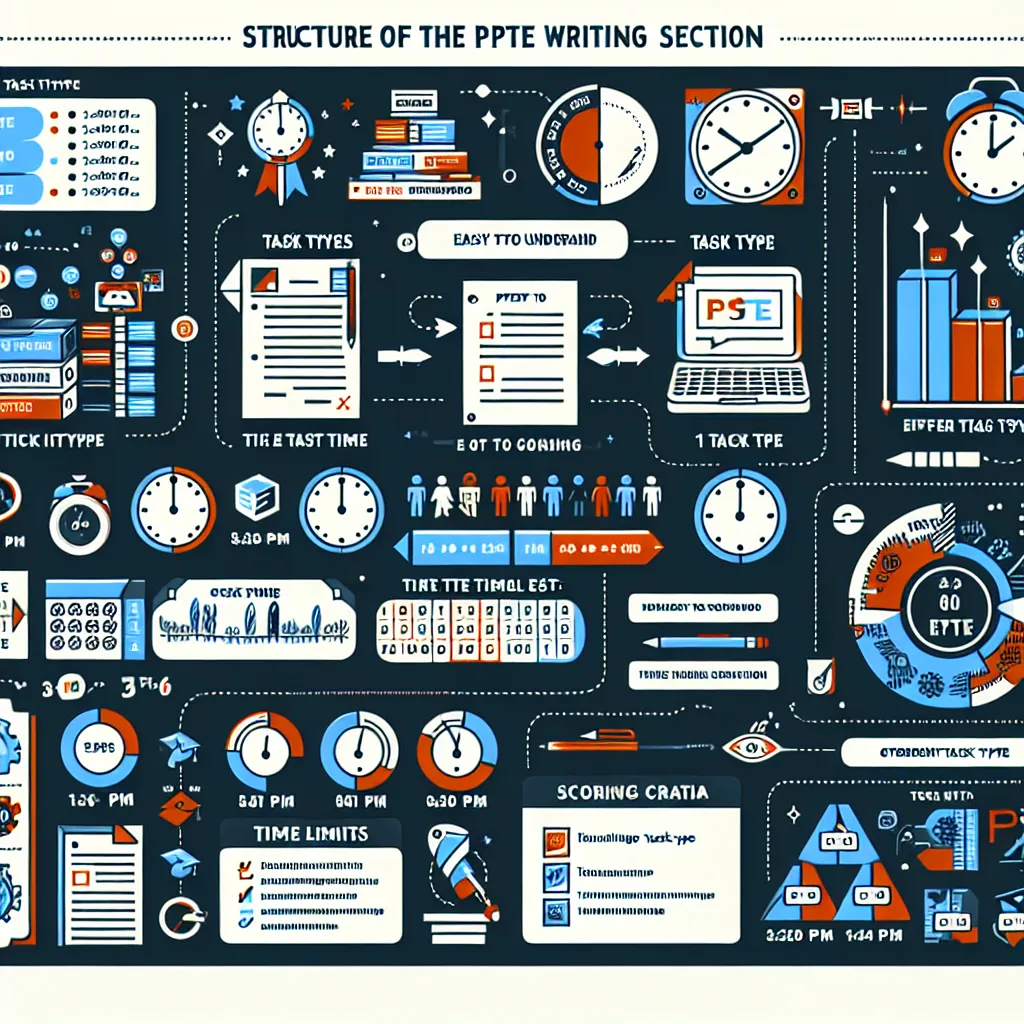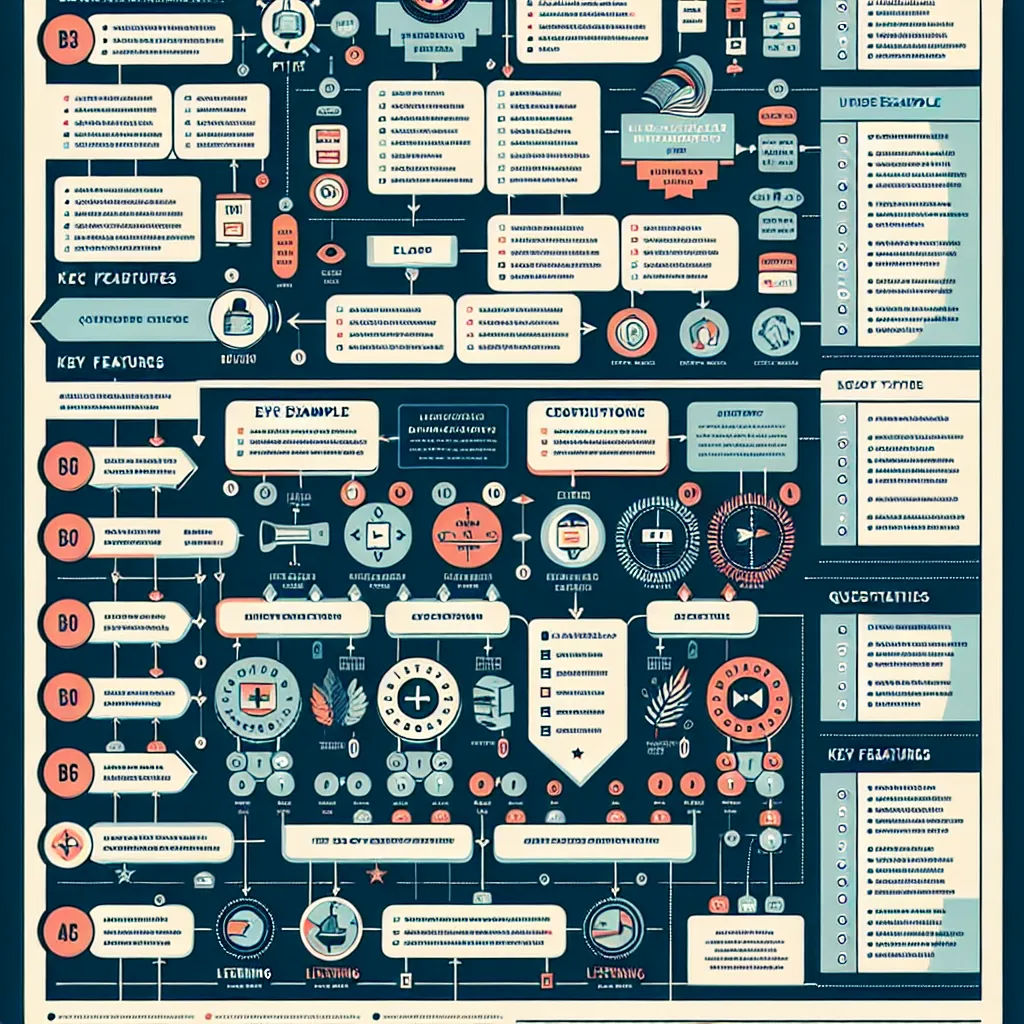Are you preparing for the Pearson Test of English (PTE) Academic exam? Understanding the format of each section is crucial for success, and today we’ll dive deep into the PTE Reading section. This comprehensive guide will break down the structure, question types, and strategies to help you excel in this crucial part of the test.
Overview of the PTE Reading Section
The PTE Reading section is designed to assess your ability to understand written English in an academic context. It’s an integral part of the PTE Academic test, which evaluates your reading, writing, listening, and speaking skills.
 PTE Reading Section Overview
PTE Reading Section Overview
Key Features of the PTE Reading Section
- Duration: 32-41 minutes
- Question Types: 5 different types of questions
- Scoring: Contributes to your overall reading and writing scores
Detailed Breakdown of Question Types
Let’s explore each question type in detail to help you prepare effectively.
1. Multiple Choice, Choose Single Answer
This question type tests your ability to identify the main idea or specific information in a text.
- Format: A passage followed by a question with multiple answer options
- Task: Select the best answer from the given options
- Skills Tested: Reading comprehension, inference, and vocabulary
Strategy Tip: Read the question first, then scan the passage for relevant information. This approach saves time and helps you focus on key details.
2. Multiple Choice, Choose Multiple Answers
Similar to the previous type, but with more than one correct answer.
- Format: A passage followed by a question with multiple answer options
- Task: Select all correct answers (usually 2-3)
- Skills Tested: Detailed comprehension, ability to identify multiple pieces of information
Strategy Tip: Treat each option independently and check it against the passage. Don’t assume there’s a fixed number of correct answers.
3. Re-order Paragraphs
This question type assesses your ability to understand the logical flow and coherence of a text.
- Format: 4-5 jumbled paragraphs
- Task: Arrange the paragraphs in the correct order to form a coherent text
- Skills Tested: Understanding text structure, coherence, and cohesion
Strategy Tip: Identify the topic sentence (usually the first sentence of the text) and look for connecting words or ideas between paragraphs.
4. Reading: Fill in the Blanks
This question type tests your vocabulary and understanding of context.
- Format: A passage with blanks, and a word bank
- Task: Drag and drop the correct words into the blanks
- Skills Tested: Vocabulary, grammar, and contextual understanding
Strategy Tip: Read the entire passage first to understand the context. Then, look at the word bank and consider the part of speech needed for each blank.
5. Reading & Writing: Fill in the Blanks
Similar to the previous type, but without a word bank.
- Format: A passage with blanks, no word bank provided
- Task: Type the correct words into the blanks
- Skills Tested: Vocabulary, grammar, spelling, and contextual understanding
Strategy Tip: Pay attention to surrounding words for clues about the missing word. Consider collocations and common phrases.
Preparing for the PTE Reading Section
To excel in the PTE Reading section, consider the following tips:
- Practice Regularly: Familiarize yourself with all question types through consistent practice.
- Improve Your Vocabulary: Focus on academic vocabulary and common collocations.
- Read Widely: Expose yourself to various academic texts to improve comprehension and speed.
- Time Management: Practice under timed conditions to improve your pacing.
- Analyze Your Mistakes: Review incorrect answers to understand your weak areas and improve.
 PTE Reading Preparation Strategies
PTE Reading Preparation Strategies
Common Challenges and How to Overcome Them
Many test-takers face specific challenges in the PTE Reading section. Here are some common issues and solutions:
Time Pressure
- Solution: Practice active reading techniques like skimming and scanning. Allocate time for each question type based on your strengths.
Vocabulary Gaps
- Solution: Create a study plan focusing on academic word lists. Use flashcards or apps for daily vocabulary practice.
Difficulty with Inferential Questions
- Solution: Practice identifying implied meanings. Read between the lines and look for contextual clues in passages.
Next Steps in Your PTE Preparation Journey
Now that you understand the format of the PTE Reading section, it’s time to take action:
- Take a Diagnostic Test: Assess your current level and identify areas for improvement.
- Create a Study Schedule: Allocate time for each question type, focusing more on your weak areas.
- Use Official PTE Materials: Pearson’s official practice tests are invaluable for authentic exam experience.
- Join Study Groups: Collaborate with others to share strategies and motivate each other.
- Consider Professional Guidance: If you’re struggling, a PTE preparation course or tutor can provide personalized strategies.
Remember, success in the PTE Reading section comes with consistent practice and strategic preparation. By understanding the format and applying the tips provided, you’re well on your way to achieving your desired score.
Do you have any specific questions about the PTE Reading section? Feel free to ask in the comments below, and don’t forget to check out our other PTE preparation guides for comprehensive exam readiness!
[internal_links]




